5 Ways to Fight Gentrification
A new study looks at how cities around the U.S. are experimenting with ways to counter some of the more negative effects of gentrification.
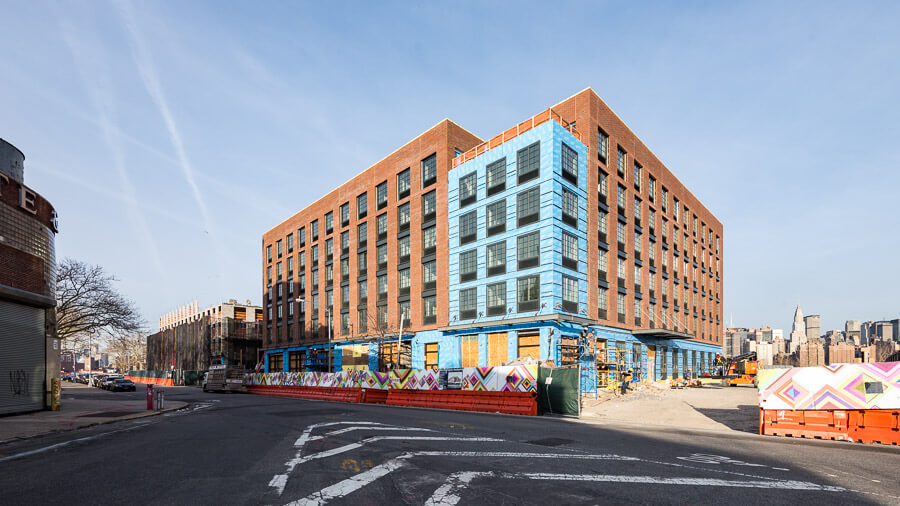
Cities around the U.S. are experimenting with ways to counter some of the more negative effects of gentrification. A recent study from New York University’s Furman Center looks at how they are doing it and evaluates the options.
The study focused on five strategies cities are using to create and preserve affordable housing and to help lower-income residents who face displacement pressures.
Strategic Use of City Owned Land
The study argues that cities that own plots of land within their borders have a jump start on being able to create affordable housing in gentrifying areas. The study explored a few ways in which to make this process work, including restrictive covenants in which the city can mandate that a given number of affordable units must be placed within new construction, which is an initiative New York City is undertaking at present.

Strategic Use of Other City Resources
In addition to physical resources, the Furman Center also outlined a few ways in which a city can use financial incentives to ease the impacts of gentrification. Cities can use Low-Income Housing Tax Credits or Qualified Action Plans. These can be tailored for use in areas where development is high to help keep long-time or low-income residents in place. Additionally, property tax breaks can be given to those who experience rising property taxes around them in gentrifying areas. Chicago, Seattle and New York are among cities currently employing this strategy.
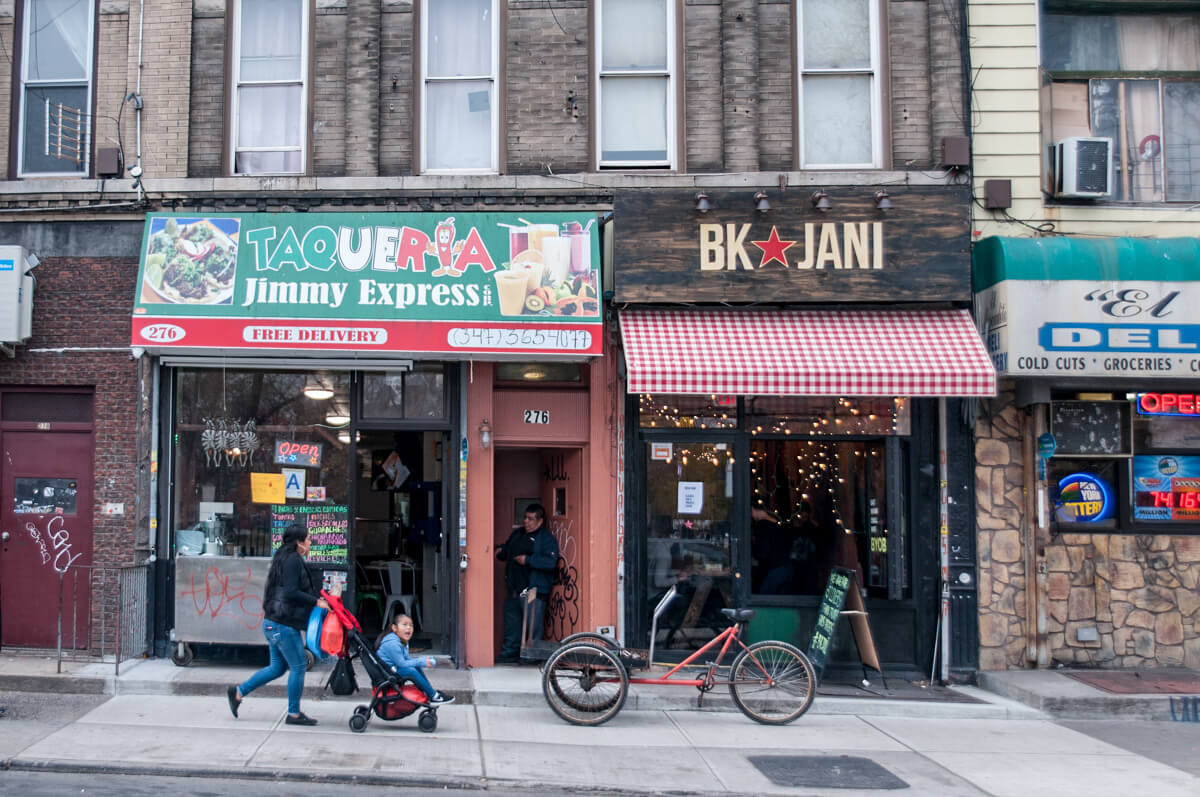
Harnessing the Market
Cities can force development to foster economic diversity by compelling developers to include affordable housing. This includes “inclusionary zoning,” which according to the Furman Center, “leverages market-rate development to create housing affordable to low-, moderate- or middle-income households without the direct expenditure of public dollars.” This has been undertaken in cities like Boston and Washington D.C., where in the nation’s capital affordable housing serves those who make up to 80 percent of an area’s median income, and requires that affordable units be affordable in perpetuity. It is also a key focus of Mayor de Blasio’s plan to reduce inequality in New York City.
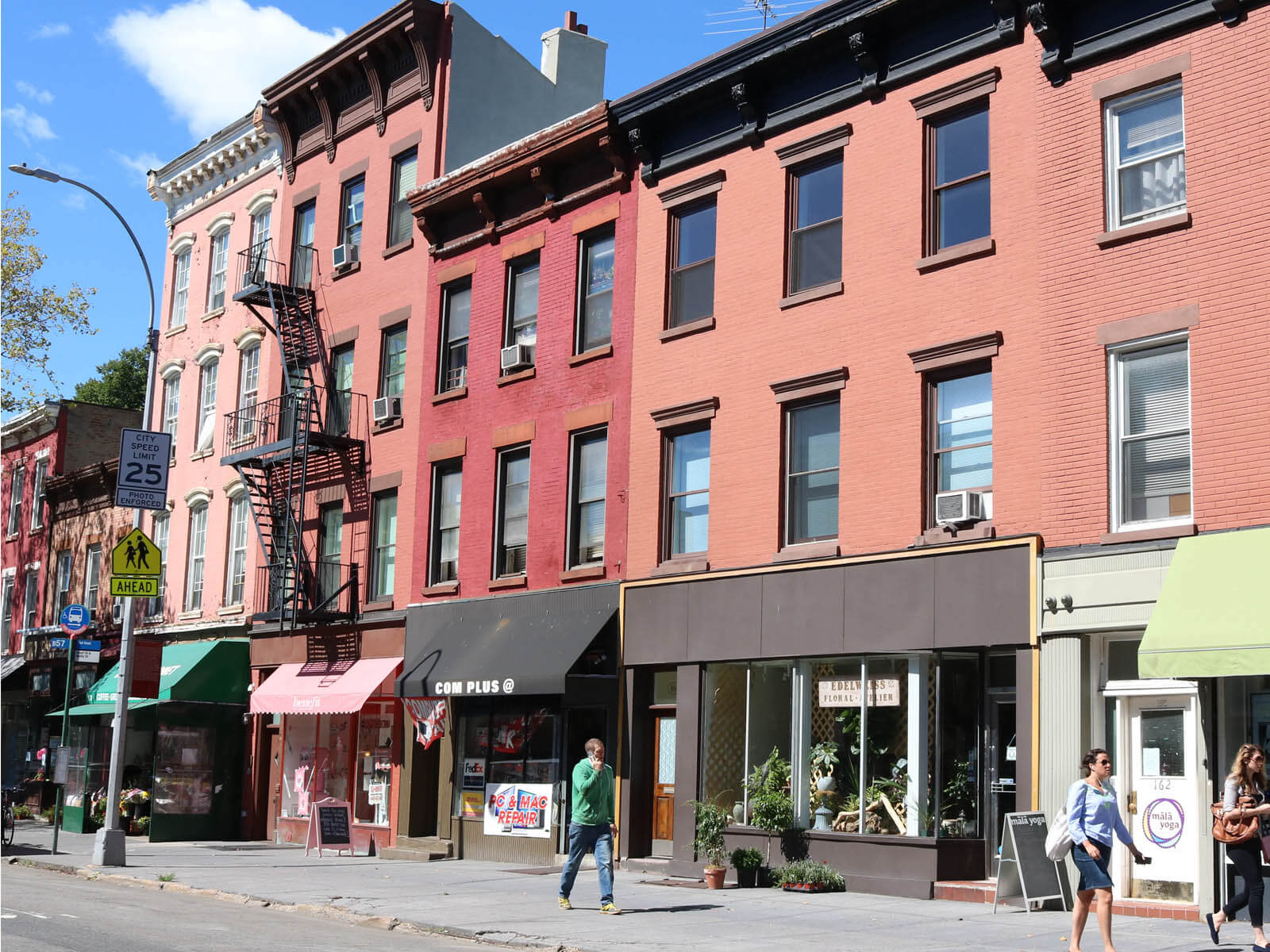
Regulating the Landlord/Tenant Relationship
Rent regulation is one potential solution, in which a city government can control how much a landlord raises the rent on their tenant, determined by a formula or by a body of experts on the issue. Additionally, the study suggests stronger anti-harassment laws, which cities like New York and Oakland have adopted, to protect tenants against landlords who may want to force them out and replace them with a new tenant paying a higher rent. The law protects against removing tenant possessions from an apartment, threats to call immigration on tenants, tampering with locks, and calling and knocking after being asked to stop.
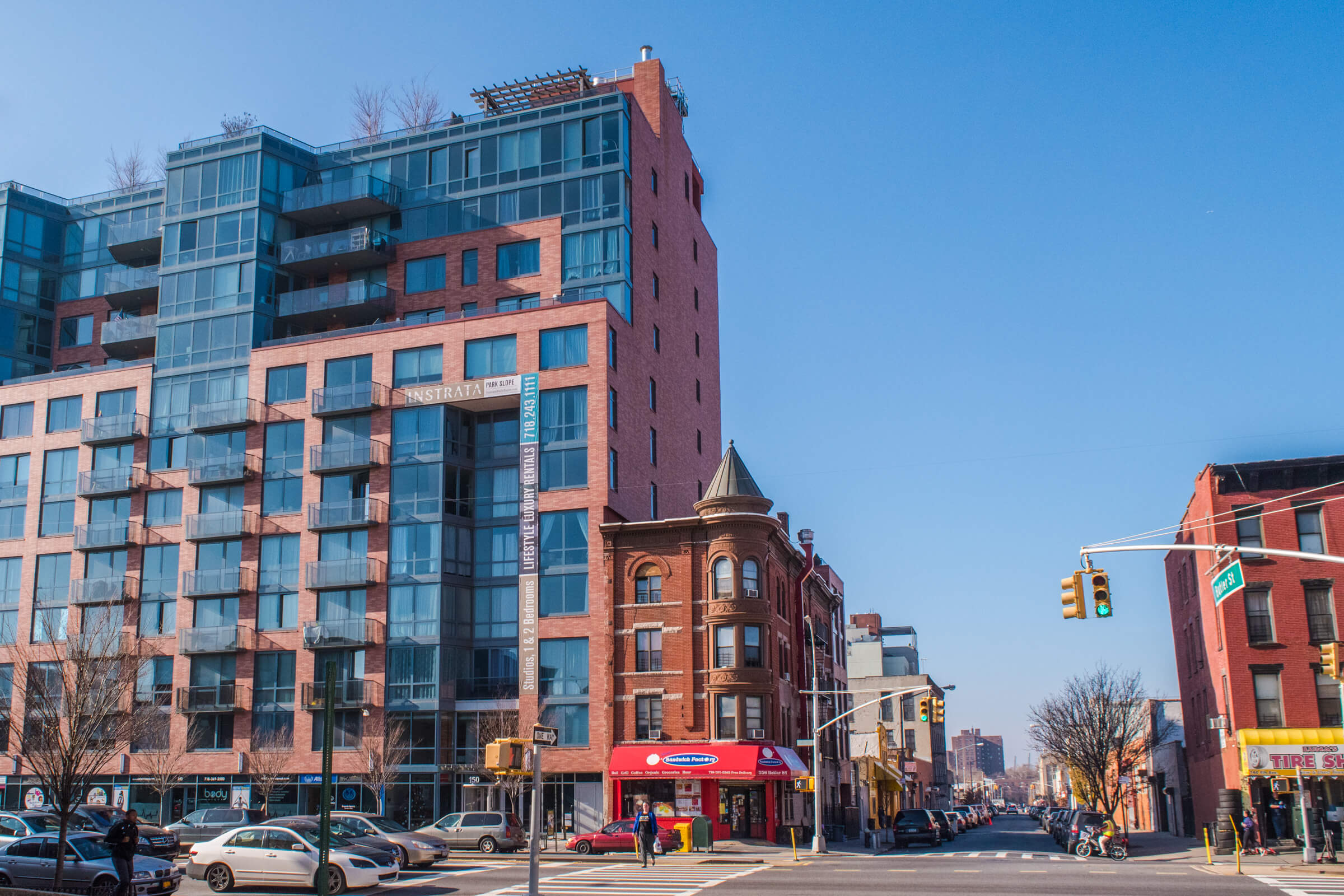
Assistance for Households Forced to Move
Affordable housing lotteries can give preference to families displaced by rising rents, as in Portland and New York. The study also proposes help with moving costs for those who are displaced by the forces of gentrification.
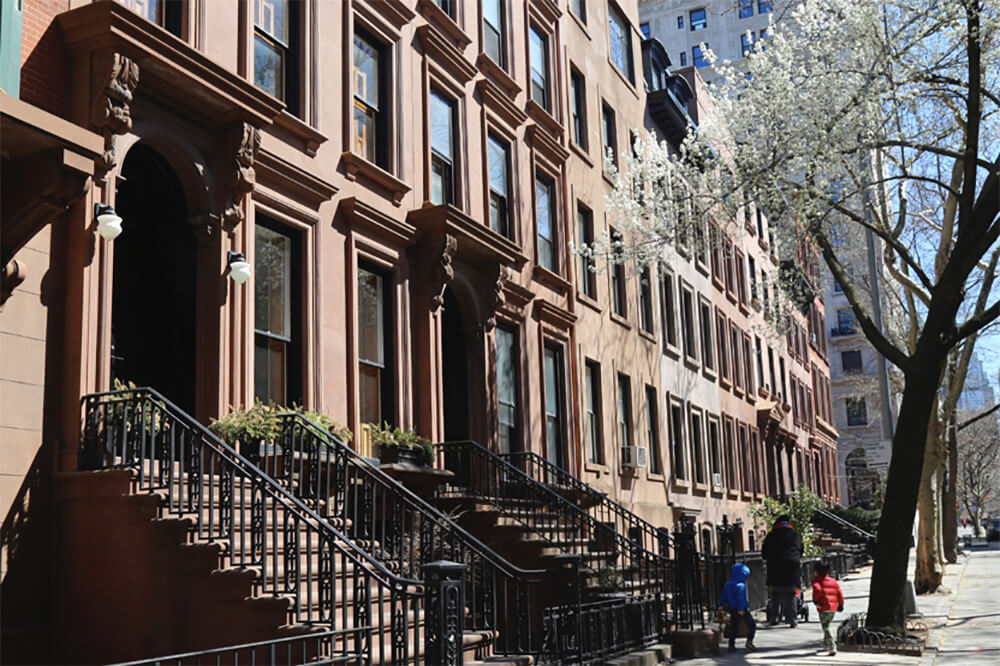
Related Stories
- Brooklyn Named America’s Least Affordable Place to Buy a Home
- New Podcast Series Explores Gentrification in Brooklyn
- Gentrifying Crown Heights Is Losing Its Black Community
Email tips@brownstoner.com with further comments, questions or tips. Follow Brownstoner on Twitter and Instagram, and like us on Facebook.




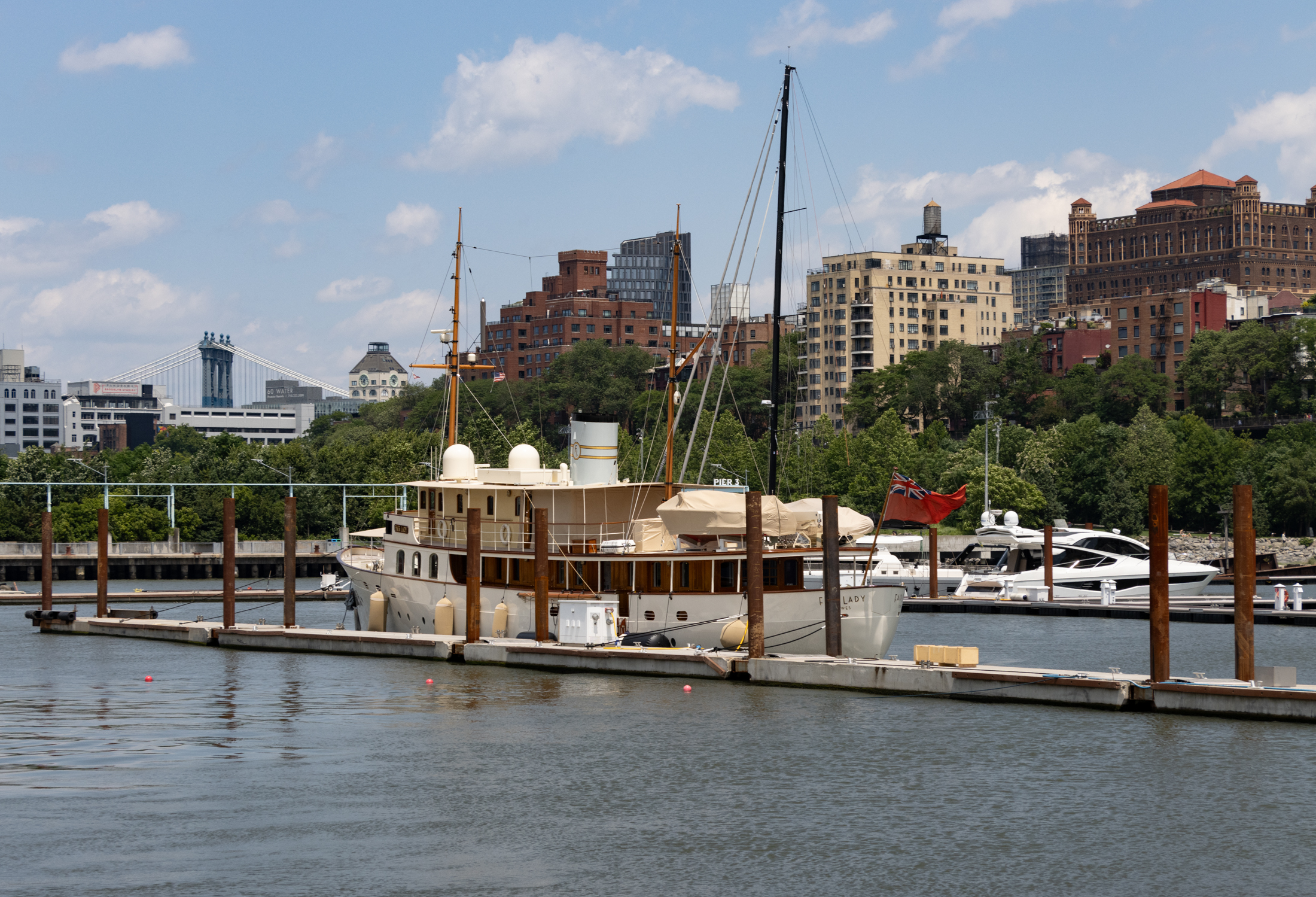
What's Your Take? Leave a Comment